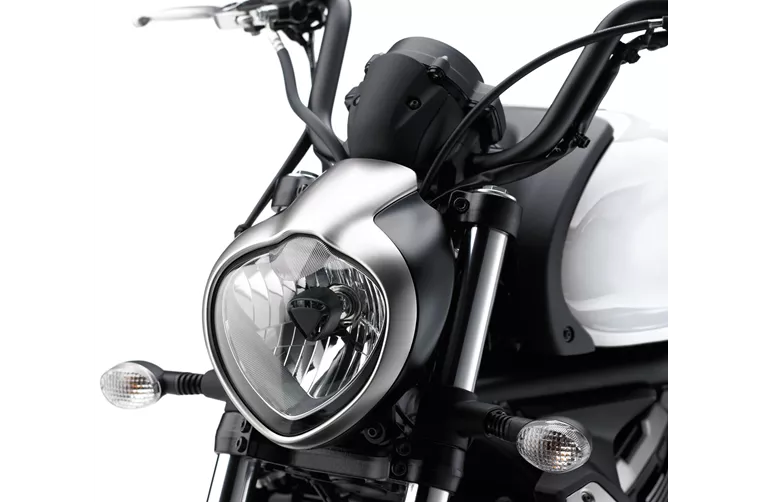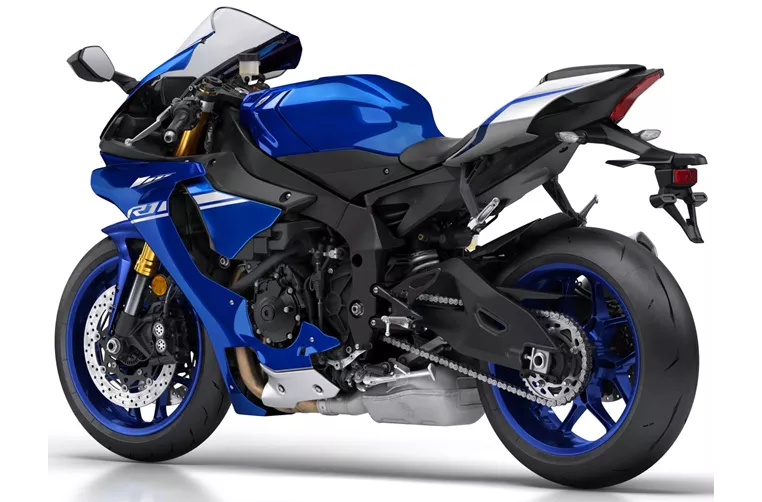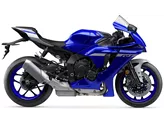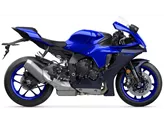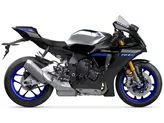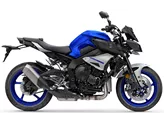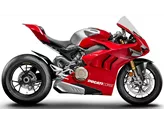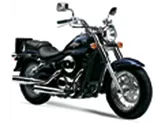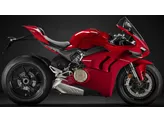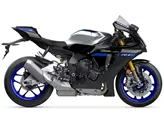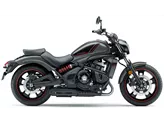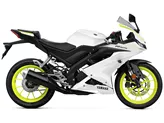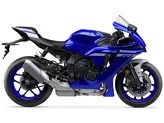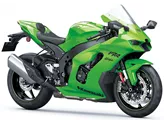Kawasaki Vulcan S 2015 vs. Yamaha R1 2019
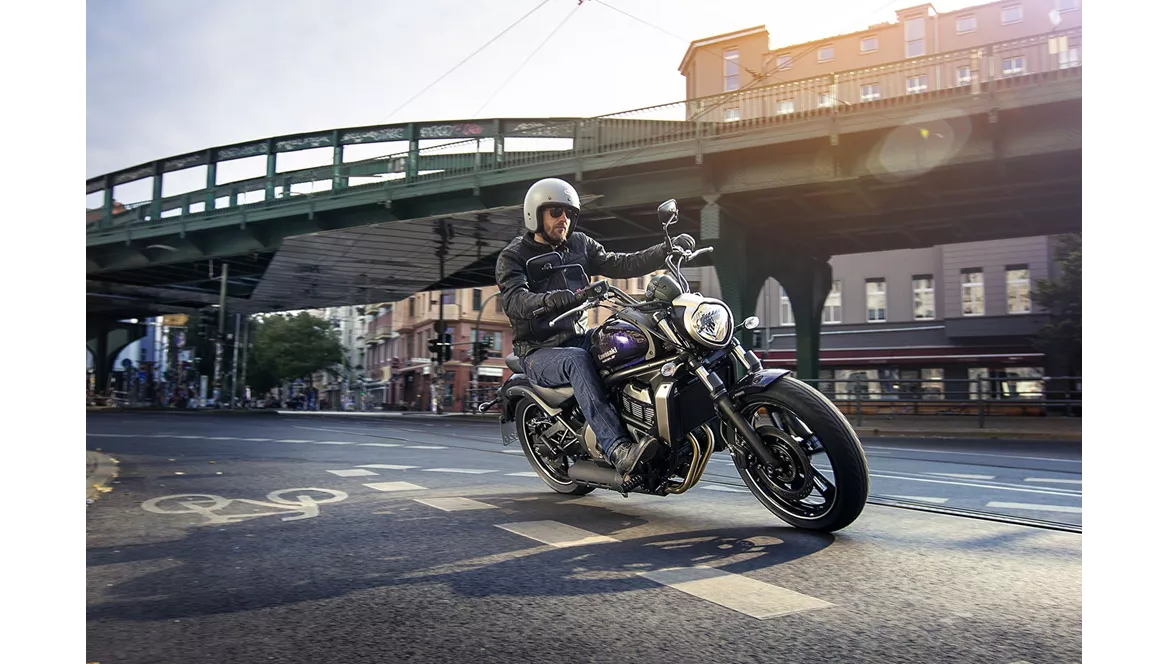
Kawasaki Vulcan S 2015
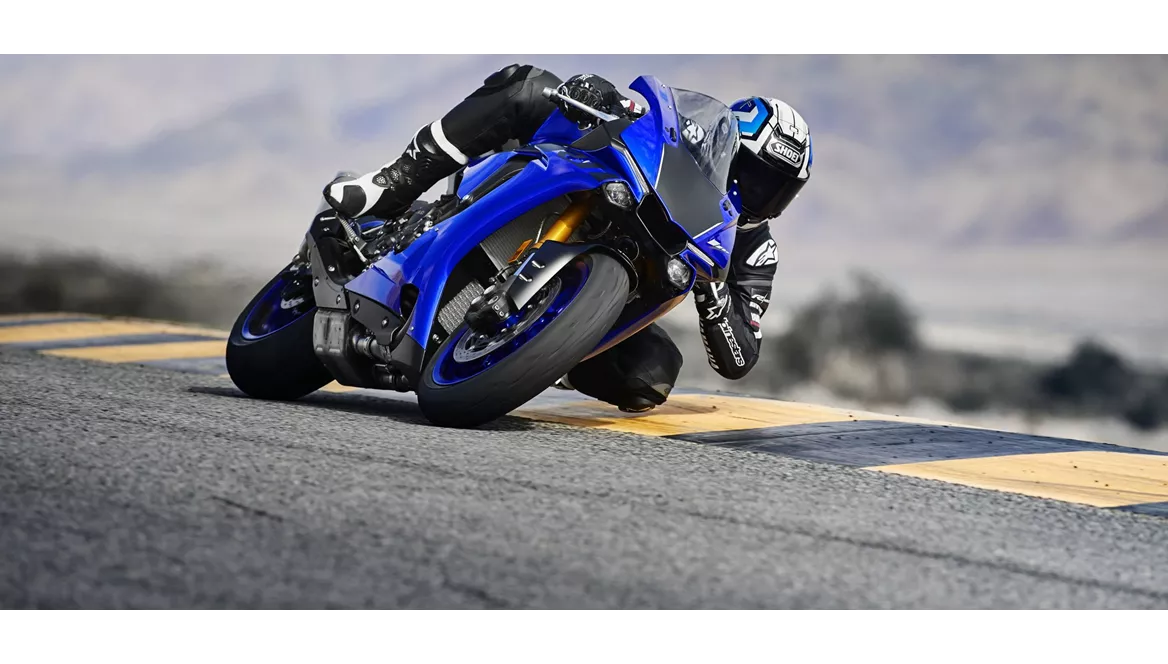
Yamaha R1 2019
Technical Specifications Kawasaki Vulcan S 2015 compared to Yamaha R1 2019
Pros and Cons in comparison
Pros and Cons in comparison
Kawasaki Vulcan S 2015
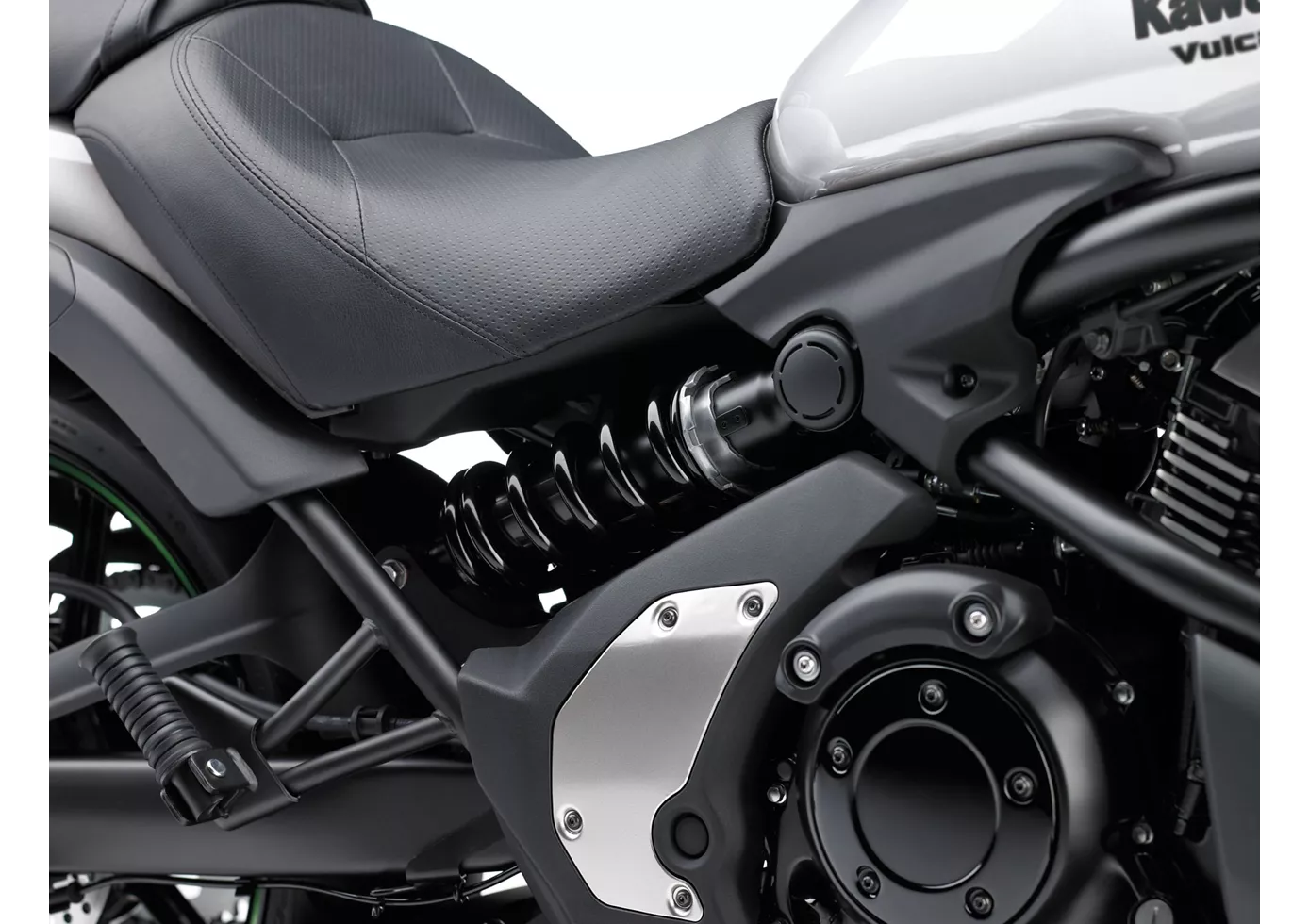
The Vulcan S is reinvigorating the "small" mid-size cruiser scene - not only because of its unique design, but also because it is so easy to ride and is aimed at beginners. The low seat height and the narrow saddle help the rider to stand securely on the ground, while the low centre of gravity also makes for easy and safe handling. The engine also fits in well with the uncomplicated appearance, can be revved up decently from 2000 rpm and only stops at around 10,000 rpm - something that has never been seen before in a cruiser. The "Ergo-Fit" system, which varies the seat height, the rider's distance from the handlebars and the footrests, costs extra but also allows the Vulcan S owner generous customisation options.
Yamaha R1 2019
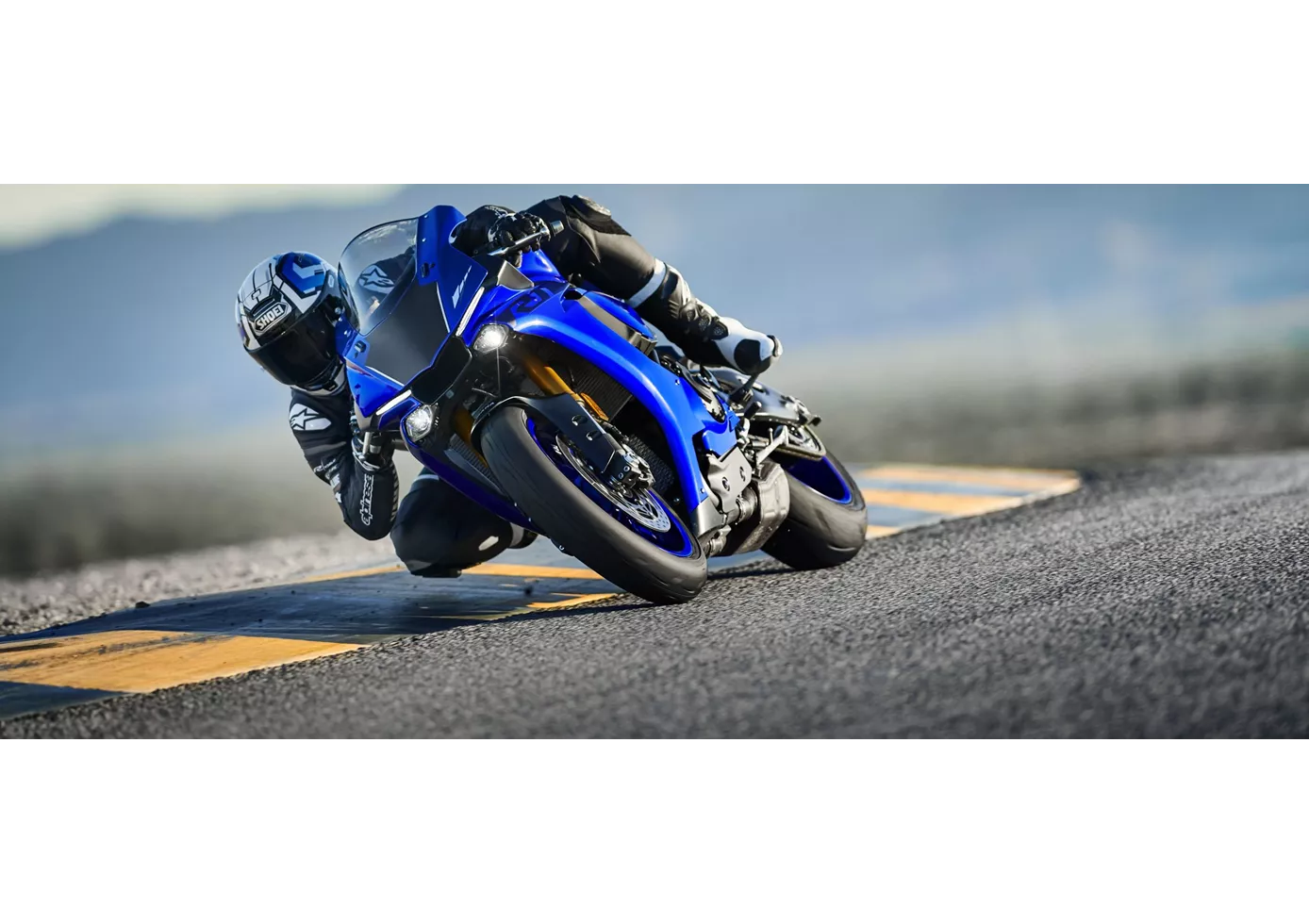
The 2020 R1 model - already available from September - is an evolutionary step that will benefit both the trackday racer and the Yamaha SBK team. The amateur is most likely to benefit from the truly perfect electronics and will also appreciate a little extra power.
